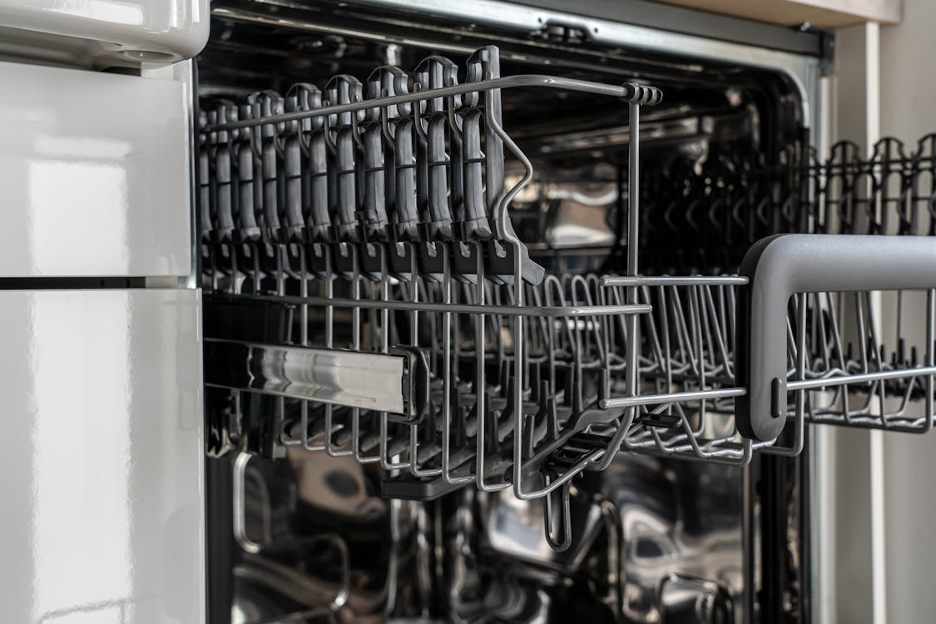When you’re looking to make an investment in your home, to renovate and improve it, then you should look at the ways that it can make your life easier. This can include changes that make the home a lot more practical, safer, or easier to take care of. However, whether you want to cut down on your energy bills or you just want to live a life that’s more eco-friendly, it’s also worth looking at the ways that your home can be more energy efficient, as well. There is a wide range of changes you can make to save more energy in the home, so let’s look at a few now.
Start With Insulation
The best and first place to start, in terms of making the home both more eco-friendly and comfortable at the same time, is to make sure that you’re able to keep more of the heat you produce. Heading comprises a massive part of our energy use, yet many homes are under-insulated, which means that heat escapes easily, and your HVAC systems have to work harder, use more energy, and drive up your energy bills to maintain the temperature. Insulation prevents heat transfer both ways, so it can keep the home warmer in winter and cooler in summer. Focus first on attics and walls, where the biggest heat loss typically occurs. Though upgrading insulation requires an investment, the return in reduced utility bills and year-round comfort makes it worthwhile.
Get Smart With Your Heating
Spending less energy doesn’t mean that you have to rely less on your tech. In fact, using more of the latest tech can end up saving you a lot of money. Smart home technology, such as a smart thermostat, allows you to adjust temperatures based on your own schedule and can learn your habits over time to make adjustments automatically. You can even control them remotely via smartphone apps, making sure the heating isn’t left on where there’s no one in your home.
Upgrade Your Windows
Your old windows can be one of the biggest sources of heat transfer in the home, even if they’re insulated. By working with the best window companies near you, you can replace single-pane windows with double or triple-pane alternatives that are much more energy-efficient, keeping your home more comfortable all year round while allowing your HVAC systems to work less to keep it warm or cool. If a full replacement isn’t feasible just yet, you can also make some minor improvements with insulating film or wetaherstripping that still do make a difference. However, while new windows might be an investment, the savings you recoup through your lower utility bills and increased property value can often be worth it in the end.
Switch To LED Lighting
While most stores are not selling inefficient incandescent bulbs anymore, or at least not as much, if you still have some in your home, you might be surprised how much they can end up adding to your energy bills. Most older bulbs waste their energy as heat, while LED bulbs use up to 75% less energy, last 25 times longer, and use most of that energy as light. Aside from directly lowering your energy use, this means that LED bulbs don’t contribute to heating up the home, which means your cooling systems don’t have to work as hard in the summer to keep the home comfortable. Transitioning to LED lighting is one of the easiest, most cost-effective ways to boost efficiency, with immediate benefits you’ll notice in the very next billing cycle.
Make The Switch To Energy Efficient Appliances
Your energy use is just as much about the electricity that goes into your appliances as it is your heating and cooling systems. The major appliances, such as refrigerators, washing machines, and dishwashers, can be a significant portion of your overall energy bills. Older models use a ton more energy compared to modern, Energy Star-rated options. While upgrading appliances requires an upfront cost, the long-term savings in not just energy, but also water, can be substantial. In some cases, you may even be able to take advantage of rebates or tax incentives for energy-efficient appliances, allowing you to lower the overall investment and barrier to entry.
Moving To Tankless Water Heaters
If your home currently runs on a traditional water heater, then you might be spending more energy than you realize to keep a tank full of hot water, even when you’re not using it. This idle energy loss can waste a surprising amount of electricity or gas over time. On-demand systems, also known as tankless water heaters, only heat up the water when you’re using it. Despite the upfront installation cost, it can reduce hot water energy usage in the home by 20% or more, and they also tend to last longer since there are fewer parts to maintain. It’s worth noting, however, that they’re not as effective for larger families who might need a lot of hot water throughout the day.
Consider Your Renewable Energy Options
If you really want to take the energy efficiency of your home to the next level, then it’s not just about how you spend your energy, nor how you save it, but how you generate it to begin with. Renewable energy sources like solar panels and geothermal systems are perhaps the biggest investments you can make, but also have the biggest impact on your utility bills. They’re becoming more accessible, too, thanks to tax incentives and financing options making it easier to install solar panels on rooftops han ever. Over time, the energy generated often offsets the installation costs, while also increasing home value. By investing in renewable energy, you not only reduce your dependence on traditional utilities but also contribute to a greener, more sustainable future.
Consider all of the options above, looking at not just how much money they can save you or how much they can cut your energy use, but the other practical benefits they bring as well. You can make your home more energy-efficient and convenient at the same time.









